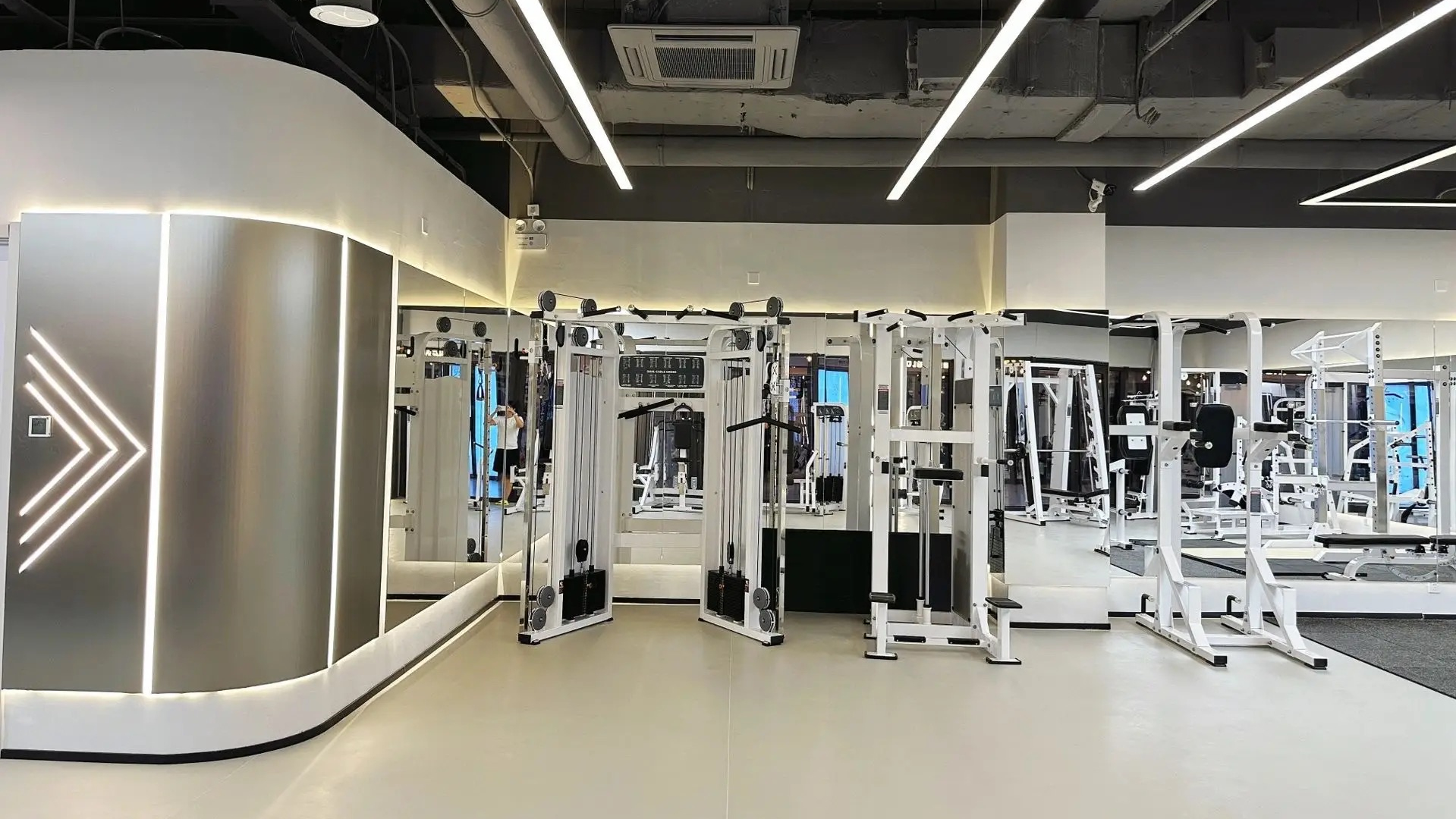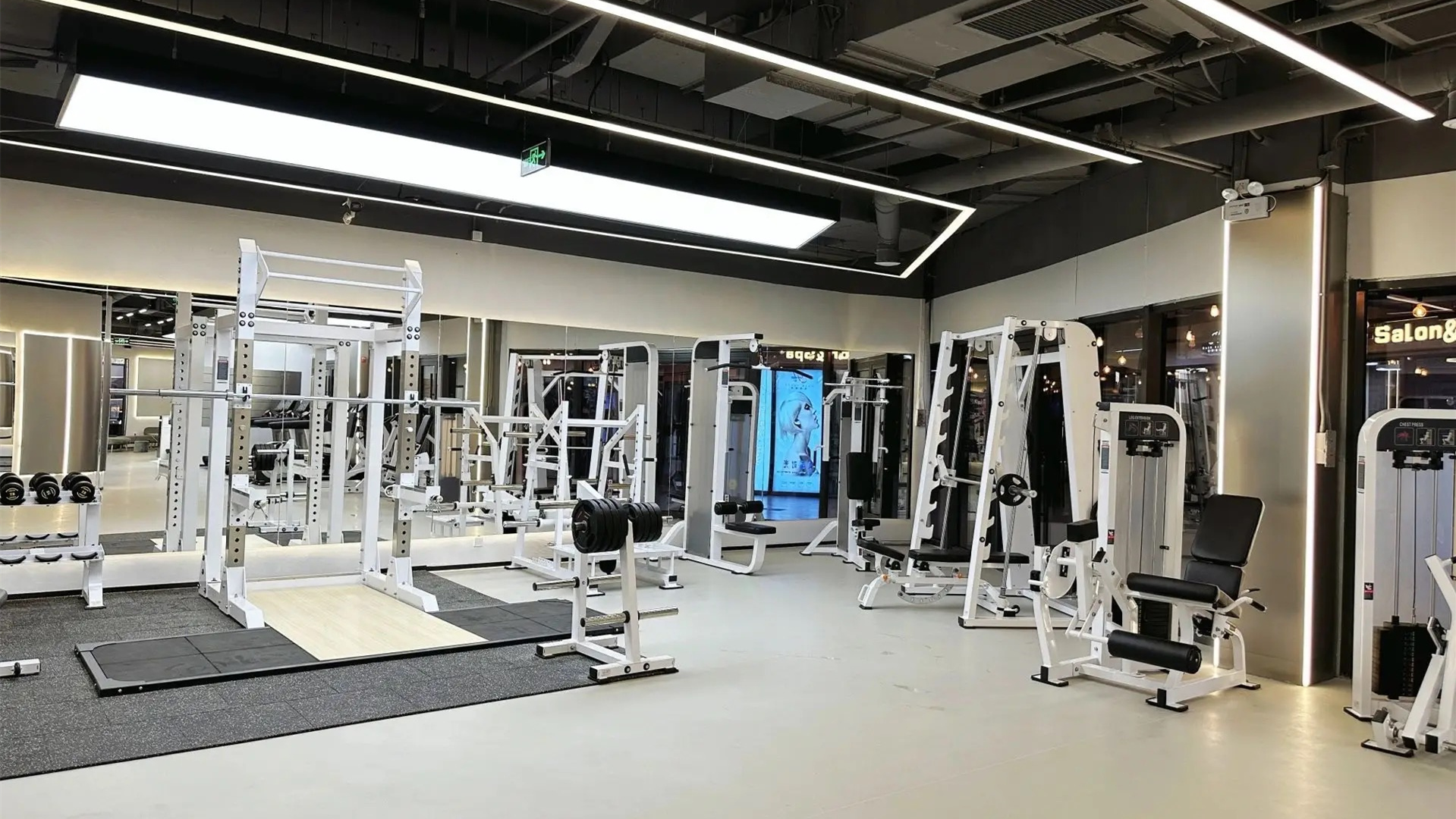
Privacy statement: Your privacy is very important to Us. Our company promises not to disclose your personal information to any external company with out your explicit permission.
The standards for Commercial Gym Equipment production vary depending on the country and region, but there are some common standards that manufacturers typically adhere to. These standards ensure the safety, durability, and quality of the equipment. Here are a few examples:
1. Safety Standards: Commercial Gym equipment is subject to strict safety standards to ensure the well-being of users. These standards are put in place to minimize the risk of injury and ensure the equipment is reliable and durable.
ISO Standards: The International Organization for Standardization (ISO) sets global standards for gym equipment. These standards cover aspects such as design, manufacturing, and testing procedures to ensure the safety and quality of the equipment.

A.Weight Capacity: Gym Equipment must have a clearly defined weight capacity, indicating the maximum load it can safely handle. This information helps users determine if the equipment is suitable for their needs and prevents overloading, which can lead to accidents or equipment failure.
B.Stability and Balance: GYM Equipment must be stable and well-balanced to prevent tipping or tilting during use. This includes features like non-slip rubber feet, wide bases, and proper weight distribution. Stability tests are conducted to ensure that the equipment can withstand the forces applied during workouts.
C. Safety Features: Commercial gym equipment often includes safety features such as emergency stop buttons, safety locks, and protective covers. These features help prevent accidents and injuries by quickly stopping or securing the equipment in case of emergencies.
D. Durability and Wear Resistance: Gym equipment is designed to withstand regular and intense use. It must be made from durable materials that can withstand the stress and impact of workouts over an extended period. Manufacturers conduct rigorous testing to ensure the equipment can handle the demands of commercial environments.
E.Electrical Safety: Gym equipment that requires electricity, such as treadmills or stationary bikes with electronic displays, must meet electrical safety standards. This includes proper grounding, insulation, and protection against electrical shock.
F.Maintenance and Inspection: Regular maintenance and inspection of gym equipment are essential to ensure its continued safety. Manufacturers often provide guidelines for maintenance and inspection procedures to help gym owners and operators keep the equipment in optimal condition.
By adhering to these safety standards, commercial gym equipment manufacturers ensure that their products are safe, reliable, and suitable for use in gyms and fitness centers. Gym owners and operators should also follow recommended maintenance and safety procedures to ensure the ongoing safety of their equipment and the well-being of their users.

2. Durability and Quality: Commercial gym equipment is designed to withstand heavy and frequent use in a commercial setting. Manufacturers understand that these machines will be used by multiple individuals throughout the day, and they construct them with durability in mind.
One of the key factors in the durability of commercial gym equipment is the materials used in its construction. High-quality steel frames are commonly used, as they provide strength and stability. The frames are often coated with a protective layer, such as powder coating, to prevent rust and corrosion.
The components of commercial gym equipment, such as cables, pulleys, and weight stacks, are also built to last. These parts are typically made from high-strength materials that can withstand the constant stress and pressure applied during workouts. Additionally, manufacturers often use sealed bearings and bushings to reduce friction and wear, ensuring smooth and reliable operation.
To ensure the quality and durability of their products, reputable manufacturers subject their gym equipment to rigorous testing. This includes load testing, cycle testing, and impact testing, among others. These tests simulate the conditions and stresses that the equipment will experience in a commercial gym setting, ensuring that it can withstand the demands placed upon it.

Regular maintenance and servicing are essential to prolonging the lifespan of commercial gym equipment. Gym owners and operators should follow the manufacturer's recommendations for maintenance, including lubricating moving parts, inspecting cables for wear, and tightening bolts and screws. Proper maintenance can help prevent breakdowns and keep the equipment in optimal condition.
3. Ergonomics and Biomechanics: Commercial gym equipment is designed to be used by a wide range of individuals with varying body sizes and abilities. Therefore, it is essential that the equipment meets certain ergonomics and biomechanics standards to ensure user safety, comfort, and efficiency. Here are some key standards that commercial gym equipment should adhere to:
A. Adjustability: Gym equipment should be adjustable to accommodate users of different heights, body sizes, and fitness levels. Adjustable seats, backrests, handles, and footrests allow users to find the most comfortable and biomechanically correct position for their exercise.
B. Range of motion: Equipment should provide a full range of motion that mimics natural body movements. This ensures that muscles and joints are properly engaged and reduces the risk of injury. Machines should also have adjustable resistance to cater to users of different strength levels.
C. Grip and handles: Handles and grips should be designed with ergonomics in mind. They should be comfortable to hold, provide a secure grip, and minimize strain on the user's hands, wrists, and forearms.
D. Padding and support: Seats, backrests, and other contact points should be adequately padded to provide comfort and support during exercises. This helps reduce pressure points and prevents discomfort or pain.
E. Foot placement: Equipment should have stable footrests or footplates to ensure proper foot placement and stability during exercises. This is particularly important for exercises that involve pushing or pulling movements.
F. Safety features: Gym equipment should have safety features such as locking mechanisms, weight stack guards, and emergency stop buttons to prevent accidents and injuries. Clear instructions and warning labels should also be provided to guide users on proper usage.

4. Environmental Standards: Many manufacturers aim to produce gym equipment that is environmentally friendly by using sustainable materials, minimizing waste during production, and adhering to environmental regulations. These standards may cover aspects such as the use of recycled materials, reduction of energy consumption, and proper disposal of hazardous substances.
The environmental standards of commercial gym equipment refer to the measures taken by manufacturers to ensure that their products are environmentally friendly. These standards focus on reducing the environmental impact of the equipment throughout its life cycle, including its production, use, and disposal.
A. Material sourcing: Manufacturers may prioritize using sustainable and recycled materials in the production of gym equipment.
B. Energy efficiency: Gym equipment manufacturers strive to make their products energy-efficient. This involves designing equipment that consumes less energy during use, such as using efficient motors or incorporating features like auto-shutdown or sleep modes when not in use.
C. Water conservation: Some gym equipment, like treadmills and elliptical trainers, may use water for cooling purposes. Commercial Fitness Equipment manufacturers may implement water-saving technologies to minimize water consumption during equipment operation.
D . Packaging:Gym equipment supplier aim to reduce packaging waste by using recyclable or biodegradable materials. They may also minimize the amount of packaging used or opt for eco-friendly alternatives like cardboard or paper-based packaging.
It is important for commercial gym equipment suppliers to comply with relevant standards and certifications to ensure the safety and quality of commercial gym equipment.

Privacy statement: Your privacy is very important to Us. Our company promises not to disclose your personal information to any external company with out your explicit permission.

Fill in more information so that we can get in touch with you faster
Privacy statement: Your privacy is very important to Us. Our company promises not to disclose your personal information to any external company with out your explicit permission.